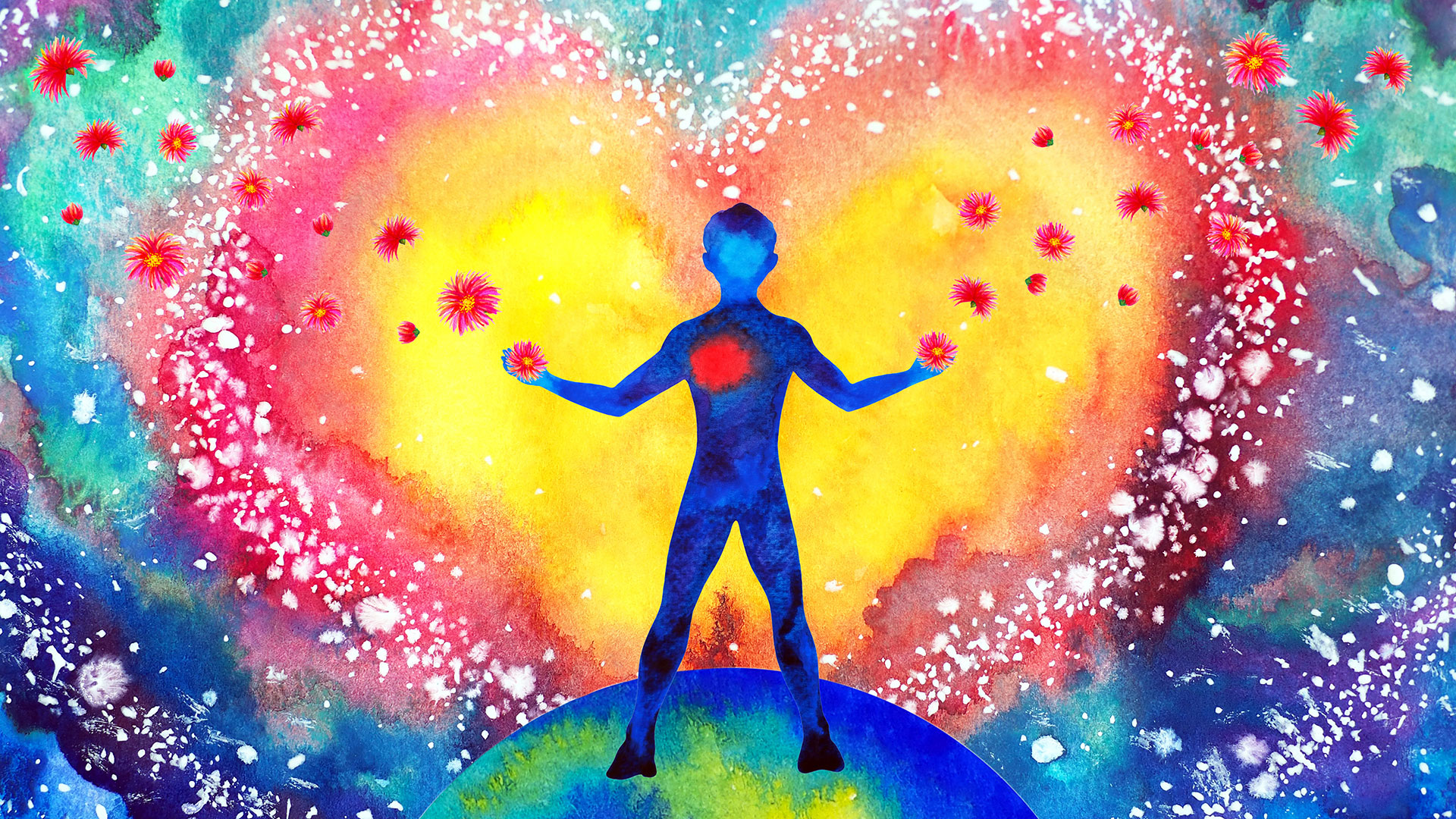
Numbing and Flow
“When we numb the painful emotions, we also numb the positive emotions” – Brene Brown
A major part of working with me is exploration, a discovery of the true self. A major block to getting to truly know yourself is a process called emotional numbing. “Emotional numbing is the mental and emotional process of shutting out feelings and may be experienced as deficits of emotional responses or reactivity” – Mayra Mendez.
Numbing is used, mostly unconsciously, by individuals to avoid uncomfortable emotions. Numbing activities include but are not limited to drinking, drug use (over the counter, prescription medication and illicit drugs are all included here), shopping, bingeing on Netflix, scrolling or social media use, talking, busy-ness and food.
Why do we emotionally numb?
Well, frankly, because it works. Feel sad? Have a drink. Feel alone? Try scrolling some more. Feel angry? Run it off. Feels better right? Absolutely. But not for long. The temporary relief is there but as you continue to emotionally numb, to turn away from your emotions, this temporary relief can become a more permanent way of being, and this disconnection from your feelings disconnects you from yourself and also from others.
We numb our emotions that we feel are not comfortable / socially acceptable. At a young age we are taught that only certain emotions are allowed, these are the ‘good ones’ and the ‘bad ones’ make others feel uncomfortable. We learn not to share our sadness, our loneliness, our fear. As this becomes the norm, for some, feeling emotionally numb becomes a way of living that protects them from all emotional or physical pain. When you are overwhelmed or feeling helpless, it’s not uncommon to turn to emotional numbing since it provides you with a protective defence.
However, getting into the habit of emotional numbness has an effect on experiencing positive emotions, taking part in positive social interactions and blocks openness in intimacy and social skills. Emotional numbing is a coping / defence mechanism (remember Freud?!) by using avoidance, denial, detachment, and dismissal. These all stop you from confronting, processing and ultimately managing the emotions and experiences.
Antidote to Numbing
The next times you feel sad / angry / fearful, instead of numbing maybe you could try:
- Sit with your difficult emotion – if we fully embrace the emotion of fear, for example, sit with it without trying to alter it in any way, after 90 seconds of tuning in, our emotions tend to dissipate and ultimately pass. However, in numbing, you are lowering your resilience, your self-confidence even further. Now, instead of reaching for my phone to scroll, I try to sit with my emotion, my awareness that I have found myself in rumination, I encourage gentleness and compassion in letting go of the thought and coming back to the present moment.
- Journalling – The next time a difficult emotion pops up to say hello, I wonder could you journal it out, what is under this emotion. The more you numb, the less you know yourself. Some find prayer especially useful here too as a tool to invite knowledge to their feelings.
- Balance – It’s not about avoiding exercise / cake / tv but instead noticing when you are using it as a means to numb. If you were to ‘fast’ from one numbing activity, what would it be. There, grab it, that one that just popped into your head!
- Curiosity – Lift your head up, be curious. Why are you craving that glass of wine? Why do you need to get out for that run? What are you avoiding? You see a lot more when you physically lift your head up, instead of focusing inwards and downwards.
- Flow activities – Ok so numbing is bad but what can I do instead? I have mentioned a few above – journalling, prayer, sitting with the emotion and allowing it to pass. However, at times a worry can grab hold, or a fear can creep in and distraction can really help here. This is where coming out of your head, away from the thought that is causing distress by engaging in a flow activity. This is where we break the flow of the thought pattern by focusing our brain on an alternative activity that is a challenge albeit an enjoyable and achievable challenge e.g. sudoku, crossword, baking, swimming etc.
- Mindfulness – a more intentional form of sitting with your feelings can be highly effective in dealing with emotional numbing. Here, try to validate your feelings as in doing so you take the ‘ouch’ out of the feeling and allow more control over the overwhelm of disorganized and uninterrupted thoughts and feelings.
Need more help?
It is really useful to look at the cause of your emotional numbing. There may be issues that you feel that you cannot / do not want to deal with and instead you numb by getting busy. Feeling lonely? Get busy! Feeling angry? Grab a drink! Bored? Scroll. Take some time to look at the root cause of your numbing and see if you can, well, choose not to numb. In my experience, although at times there is a deep root painful cause to numbing, often it is a habit that is no longer serving. There may have been a time in the past where it was unsafe to express yourself, to communicate to those around you so you numbed instead by taking the frustrations that you couldn’t express out on the pavement and your trusted Nikes. However, just because you got into the habit of fleeing, running away from your problems then, doesn’t mean that running (to avoid) is still serving you. CBT, cognitive behaviour therapy offers a safe space to express and understand your emotions, and how certain thinking patterns may be contributing to those emotions.
Note on medication
I am not medically trained and never pretend to be. I am out on the validity of medication – I am full of empathy for anyone for whom medication is the best option and do see that in short term use it can rescue someone from a dark place. It is important to say that emotional numbing can come from taking medication and if you are taking an antidepressant and feel numb to your emotions, it is imperative that you discuss this with your GP.
Journal Offering:
Spend some time today journalling over the following:
I avoid feeling my emotions by:
If I were to ‘fast’ from one numbing activity it would be:
A flow activity that gives me a break is:
